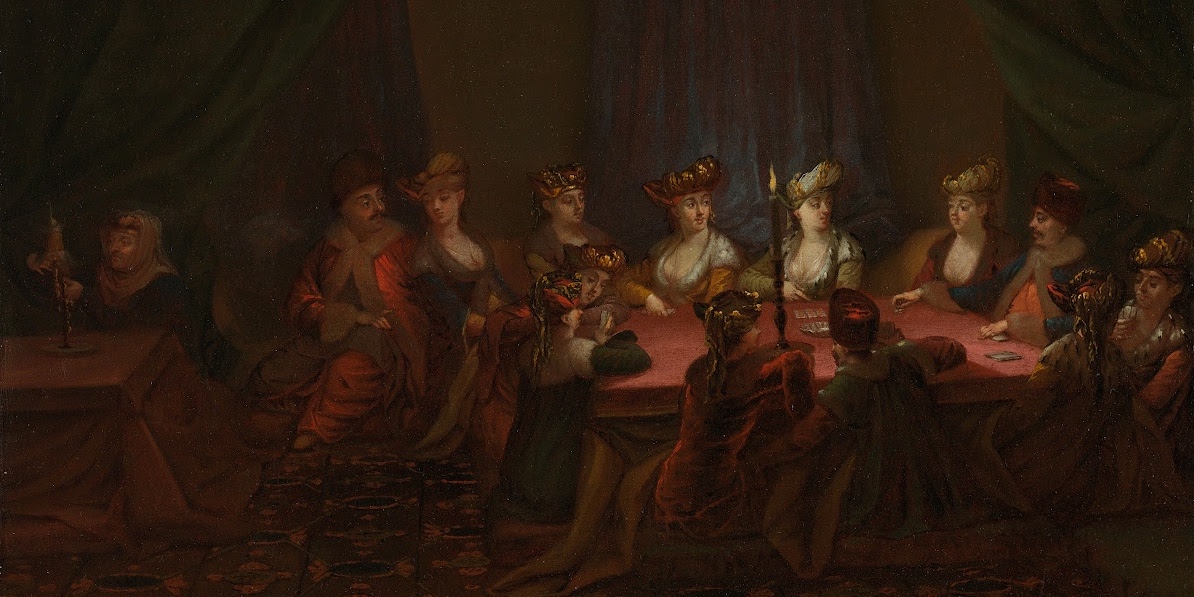Religious Sentiment and Political Liberties in Colonial South Asia
hosted by Chris Gratien and Tyler Conklin
During the 1920s, a publisher in Lahore published a satire on the domestic life of the Prophet Muhammad during a period of religious polemics and communal tension between Muslims and Hindus under British rule. The inflammatory text soon became a legal matter, first when the publisher was brought to trial and acquitted for "attempts to promote feelings of enmity or hatred between different classes" and again when he was murdered a few years later in retaliation for the publication. In this episode, Julie Stephens explores how this case highlights debates over the meaning of religious and political liberties, secularism, and legal transformation during British colonial rule in South Asia. In doing so, she challenges the binary juxtaposition between secular reason and religious sentiment, instead pointing to their mutual entanglement in histories of law and empire.
This episode is part of an ongoing series entitled "Continuity and Transformation in Islamic Law" and cross-listed with Ajam Media Collective.
Stream via SoundCloud
PARTICIPANT BIOS
 |
Julie Stephens is an assistant professor in the Department of History at Rutgers University. Her research focuses on how law has shaped religion, family, and economy in colonial and post-colonial South Asia and in the wider Indian diaspora. Her new book Governing Islam: Law, Empire, and Secularism in South Asia is forthcoming with Cambridge University Press. |
 |
Chris Gratien holds a Ph.D. from Georgetown University's Department of History. His research focuses on the social and environmental history of the Ottoman Empire and the modern Middle East. He is currently preparing a monograph about the environmental history of the Cilicia region from the 1850s until the 1950s. |
 |
Tyler Conklin is a Ph.D. student in the Yale University History Department. His dissertation research focuses on identity formation and early modern hajj narratives in the Ottoman, Safavid, and Mughal Empires. |
CREDITS
Episode No. 267
Release Date: 7 September 2016
Recording Location: Yale University
Editing and production by Chris Gratien
Sound excerpts: Baglamamin Dugumu - Necmiye Ararat and Muzaffer; Egil Daglar Ustunden Asam - Viktoriya Hanim; Harmandali - Recep Efendi, Cemal Efendi
Special thanks to Kara Güneş for allowing us to use the composition "Istanbul" in the intro music
Images and bibliography courtesy of Julie Stephens
 |
| Source: Milap, 17 July 1927, 5. Image courtesy of the Centre of South Asian Studies, Cambridge University. |
Above a cartoon published in the Lahore newspaper Milap in 1927 drew a sharp visual contrast between the kuch samajhdar musalman (the somewhat-reasonable Muslim), outfitted in a waistcoat and bowtie, and the mazhabi diwana (religious crazy or fanatic), bearded and jumping up and down in a fit of passion. While the caricature in Milap might seem less offensive than calling all Indian Muslims fanatics, it worked as a veiled threat. The inclusion of Muslims in nationalist politics depended on their renouncing so-called “communal” demands for legal protection from the types of religious injury discussed in this episode.
SELECT BIBLIOGRAPHY
Julia Stephens, “The Politics of Muslim Rage: Secular Law and Religious Sentiments in Late-Colonial India.” History Workshop Journal (Spring 2014): 45-64.
_________. “The Phantom Wahhabi: Liberalism and the Muslim Fanatic in Mid-Victorian India.” Modern Asian Studies 47.1 (January 2013): 22-52.
Talal Asad et al., Is Critique Secular?: Blasphemy, Injury, and Free Speech. University of California Press, Berkeley, 2009.
Ayesha Jalal, “Exploding Communalism: The Politics of Muslim Identity in South Asia.”’ in Bose and Jalal (eds.), Nationalism, Democracy, and Development. Oxford University Press, Delhi, 1997.
Asad Ahmed, “Specters of Macaulay: Blasphemy, the Indian Penal Code, and Pakistan’s Postcolonial Predicament,” in Raminder Kaur and William Mazzarella (eds.), Censorship in South Asia: Cultural Regulation from Sedition to Seduction. University of Indiana Press: Bloomington, 2009.










Comments
Post a Comment
Due to an overwhelming amount of spam, we no longer read comments submitted to the blog.